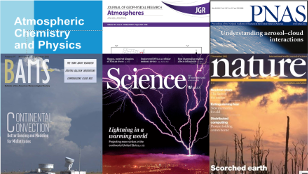ASR advances process-level understanding of key interactions among aerosols, clouds, precipitation, radiation, dynamics, and thermodynamics. ASR researchers use observations and process models to increase the accuracy of regional and global atmospheric models.




